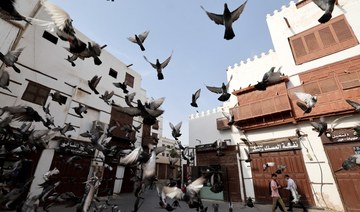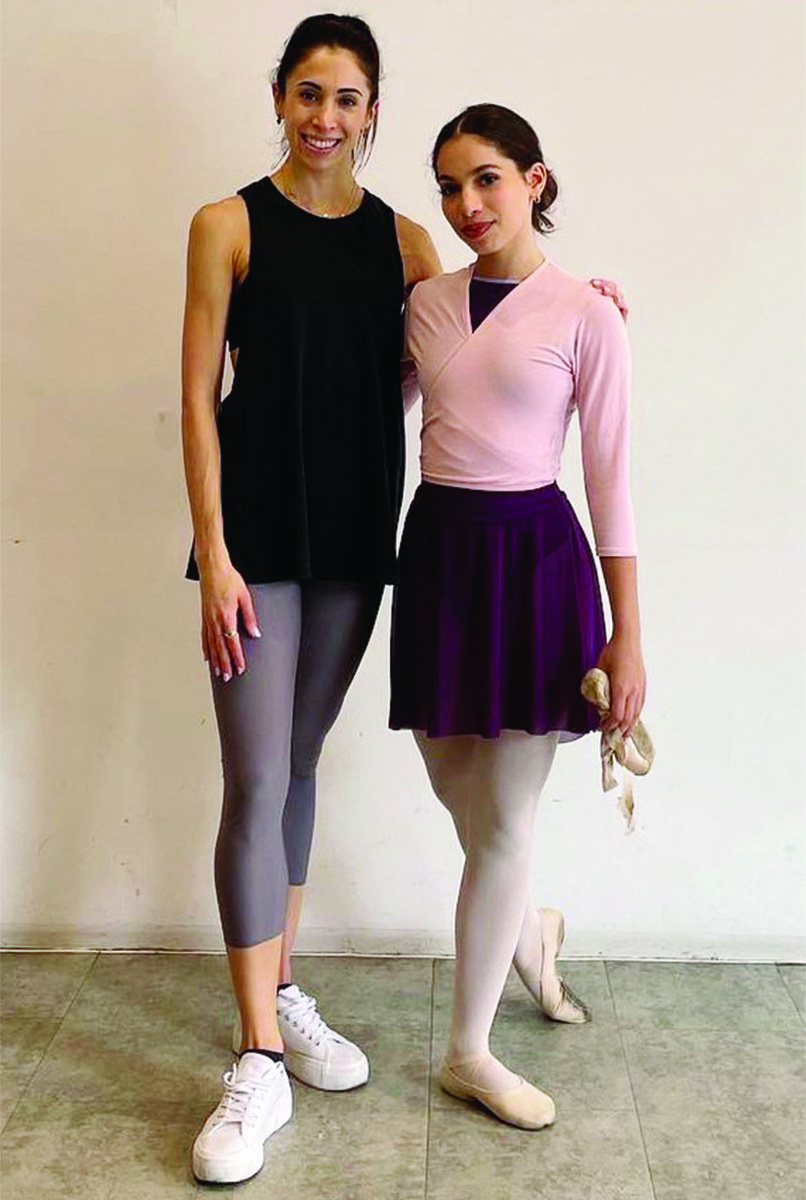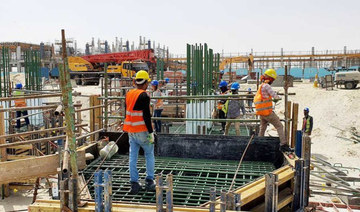JEDDAH: The Royal Institute of Traditional Arts and the Prince’s Foundation School of Traditional Arts have announced the first graduates of their inaugural diploma course, aimed at producing experts that can help protect and revive Jeddah’s cultural heritage.
The diploma in Traditional Building Arts & Crafts was completed by 11 students — 10 female and one male — from diverse backgrounds. Their names were announced at a ceremony in Al-Balad, Jeddah recently.
Their work is on display at the Traditional Building Arts Exhibition in Bayt Naseef, the museum and cultural center; and highlights the inspiration they drew from the architecture of Historic Jeddah, which is a UNESCO World Heritage site.
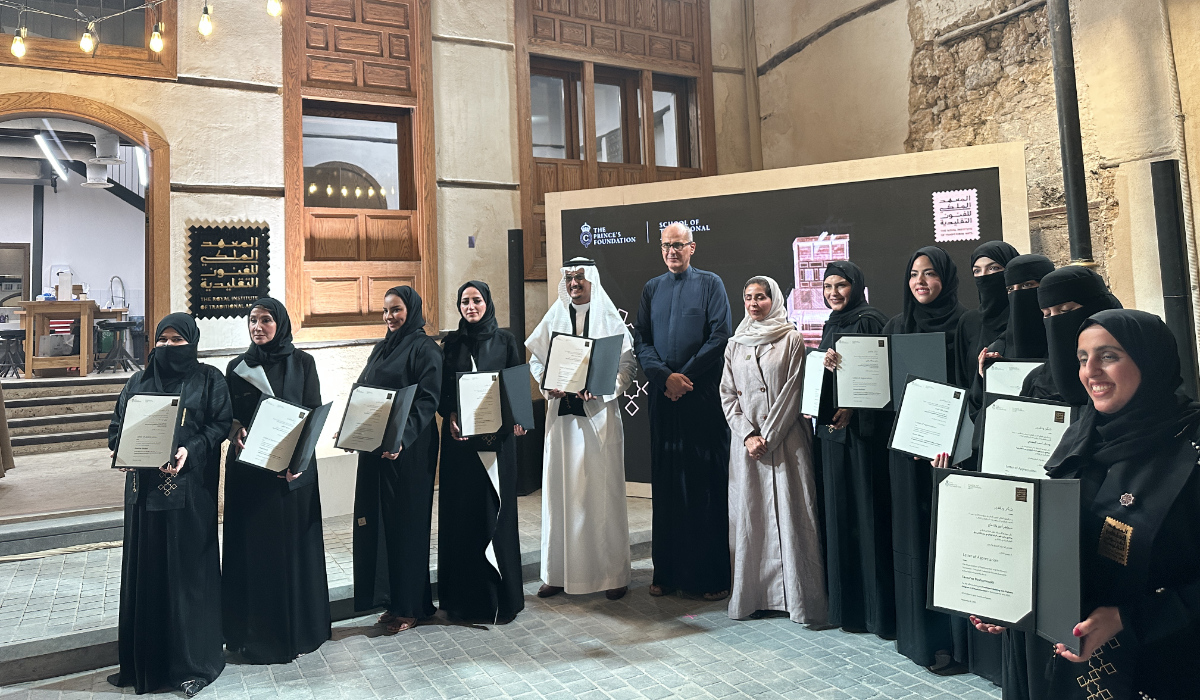
The diploma in Traditional Building Arts & Crafts was completed by 11 students. (AN photos by Nada Hameed)
Suzan Al-Yahya, CEO of the institute, said during the ceremony: “Our aim at the Royal Institute for Traditional Arts is to foster a creative and inspirational setting that nurtures and highlights the national talents within the realm of Saudi traditional arts. These arts hold a significant place in our cultural identity and heritage, and we endeavor to engage individuals in preserving them and recognizing their economic, historical, scientific and social significance.”
Khaled Azzam, director of the Prince’s Foundation School of Traditional Arts, said: “The Building Arts & Crafts Diploma program in Al-Balad, delivered by the foundation in partnership with the royal institute, engages future generations with their historic heritage as a living tradition.”
HIGHLIGHTS
• The Traditional Building Arts Exhibition in Bayt Naseef is being held until Nov. 18.
•Historic Jeddah’s architecture relies on three primary raw materials: wood, gypsum and natural pigments.
• The royal institute’s program is aimed at producing experts that can help protect and revive Jeddah’s cultural heritage.
The graduates had to demonstrate proficiency in a variety of traditional techniques, encompassing woodwork, gypsum carving, architectural drawing, nabati designs, color harmony, and decorative painting with natural pigments. They had to also participate in local heritage projects in Al-Balad, and offer perspectives on preserving tradition in modern times.
Graduate Mustafa Hassan told Arab News: “We grew up in the enchantment of the historical city, and now it’s our turn to discover the secret behind its astonishing architectural charm.
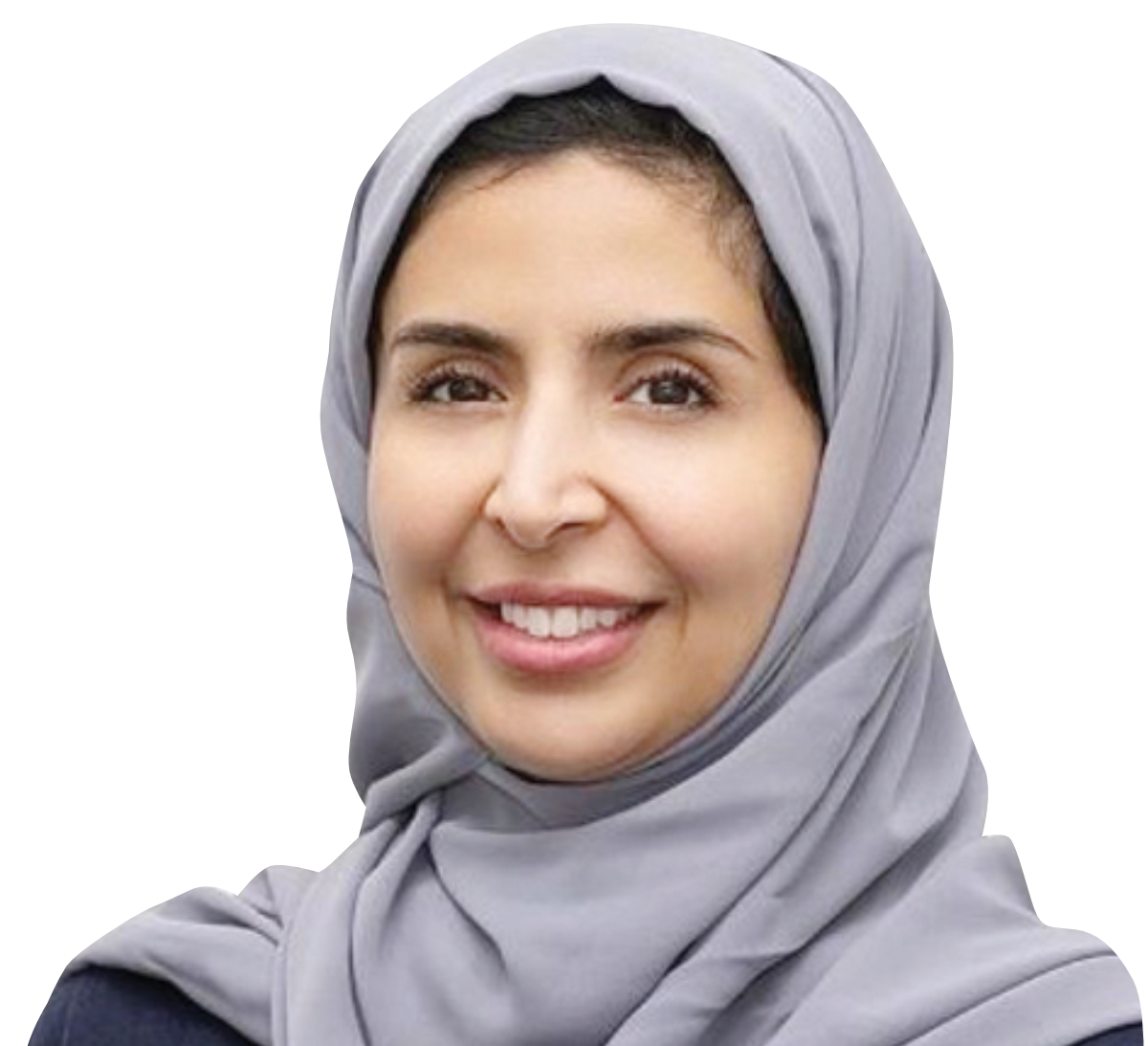
Suzan Al-Yahya, Royal Institute of Traditional Arts CEO
“I am a huge fan of Historic Jeddah and its architecture. The program has been fantastic (in) providing us with an opportunity to delve into the world and intricacies of the architectural design unique to Historic Jeddah, starting from the smallest architectural components.”
Historic Jeddah’s architecture relies on three primary raw materials: wood for a wide array of crafts and arts, gypsum for intricate sculpting and carving, and natural pigments for vibrant coloring.
Our aim at the Royal Institute for Traditional Arts is to foster a creative and inspirational setting that nurtures and highlights the national talents within the realm of Saudi traditional arts.
Suzan Al-Yahya, Royal Institute of Traditional Arts CEO
“Our education delved deep into the intricacies of Historic Jeddah’s architectural heritage. We meticulously studied, designed, and executed every facet of it, guided by our esteemed professors, who took great care to ensure the precision of the conveyed knowledge,” added Hassan.
One of the standout exhibits is a meticulously handcrafted wooden door created by several students. This showcases the art of “Tashiq” which includes woodwork, bone inlay, and brass work. “The endeavor was a month-and-a-half-long project that speaks to our dedication and craftsmanship,” Hassan explained.
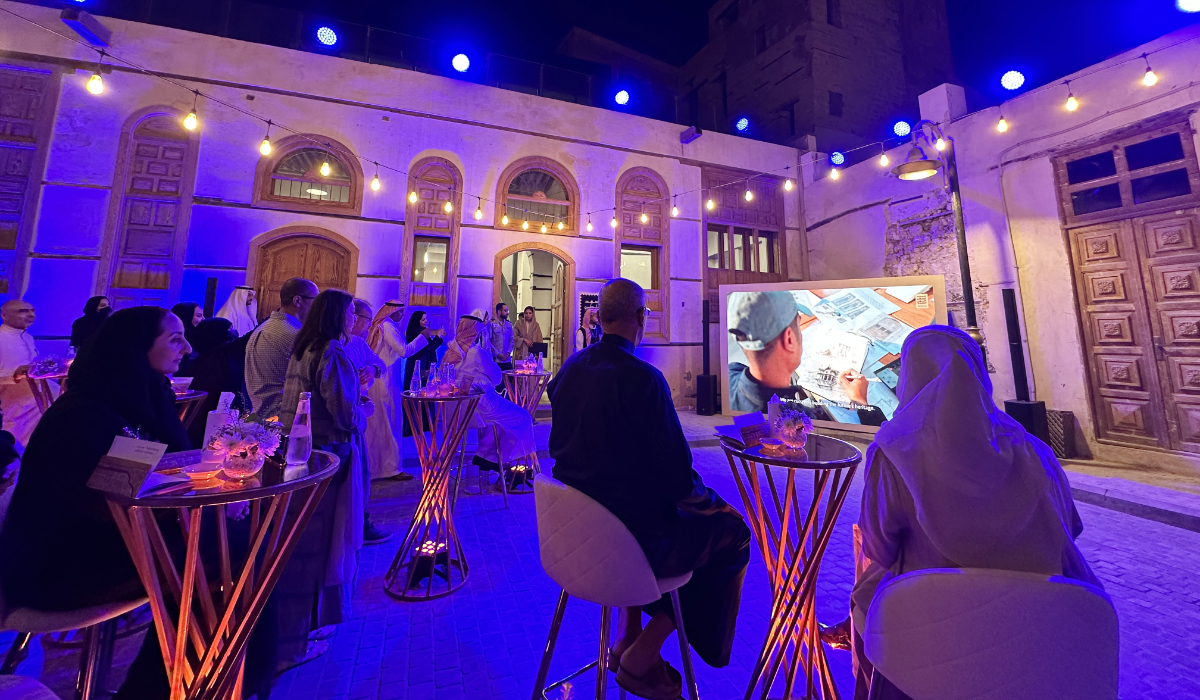
The Traditional Building Arts Exhibition showcase includes traditional painting techniques using natural pigments sourced from plants, insects and stones. (AN photos by Nada Hameed)
Another graduate Hanan Bucklain, an architect, said: “During these two years at the royal institute, our horizons expanded as we discovered new crafts we were previously unaware of and acquired remarkable skills.
“Before embarking on the grand projects we have showcased, we learned to apply every existing craft by visiting the actual historical site through field trips. These excursions allowed us to witness the precision of execution in detail, and from there, we proceeded with drawing and application.”
The qualification equips designers and craftspeople with the knowledge and professional skills needed to deliver high-quality traditional work relevant to contemporary life.
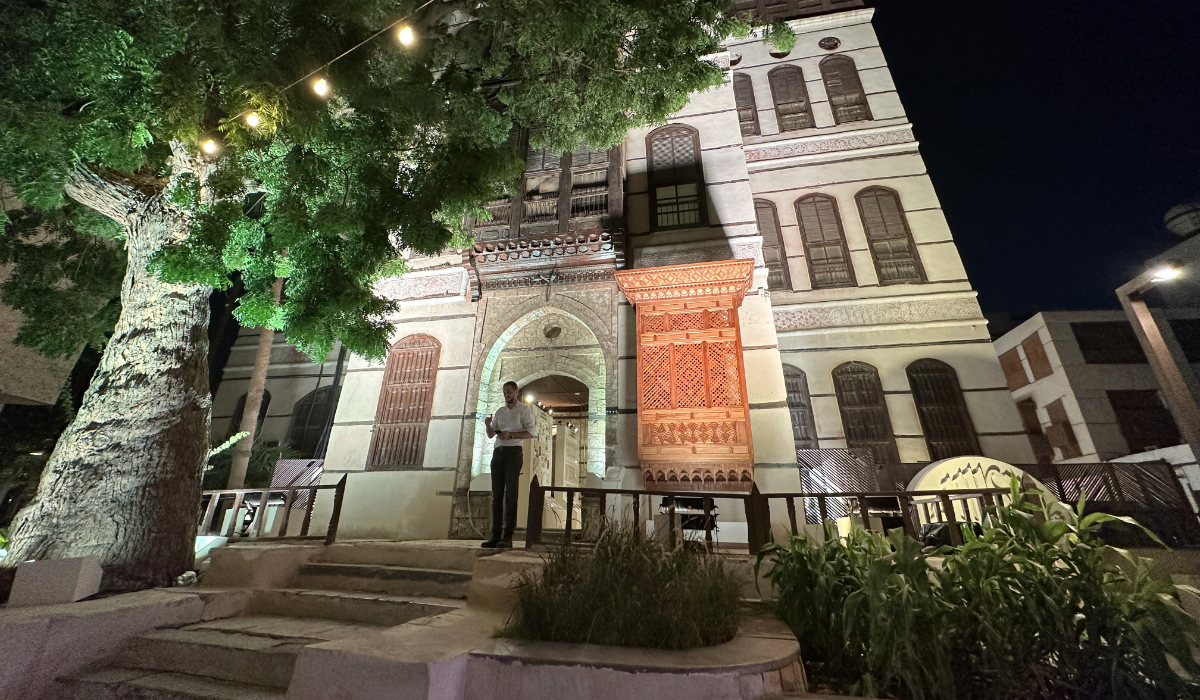
The Traditional Building Arts Exhibition showcase includes traditional painting techniques using natural pigments sourced from plants, insects and stones. (AN photos by Nada Hameed)
Another highlight of the exhibition is the creation of a “Roshan” wooden architectural feature crafted by the students. It serves to filter light and air, and can be used to maintain privacy.
Students also showcased an intricate form of wood-carved screens, known as “Mangour,” that can be used to replace walls.
The exhibition also features traditional painting techniques using natural pigments sourced from plants, insects and stones.
The exhibition is open to the public until Nov. 18.
For more information about the royal institute’s courses, visit trita.edu.sa.











